- 23
- Mar
لماذا تتحلل قدرة بطاريات الليثيوم ، لخص أحدهم أخيرًا
Lithium-ion batteries are the fastest-growing secondary batteries after nickel-cadmium and nickel-hydrogen batteries. Its high-energy properties make its future look bright. However, lithium-ion batteries are not perfect, and their biggest problem is the stability of their charge-discharge cycles. This paper summarizes and analyzes the possible reasons for the capacity fading of Li-ion batteries, including overcharge, electrolyte decomposition and self-discharge.
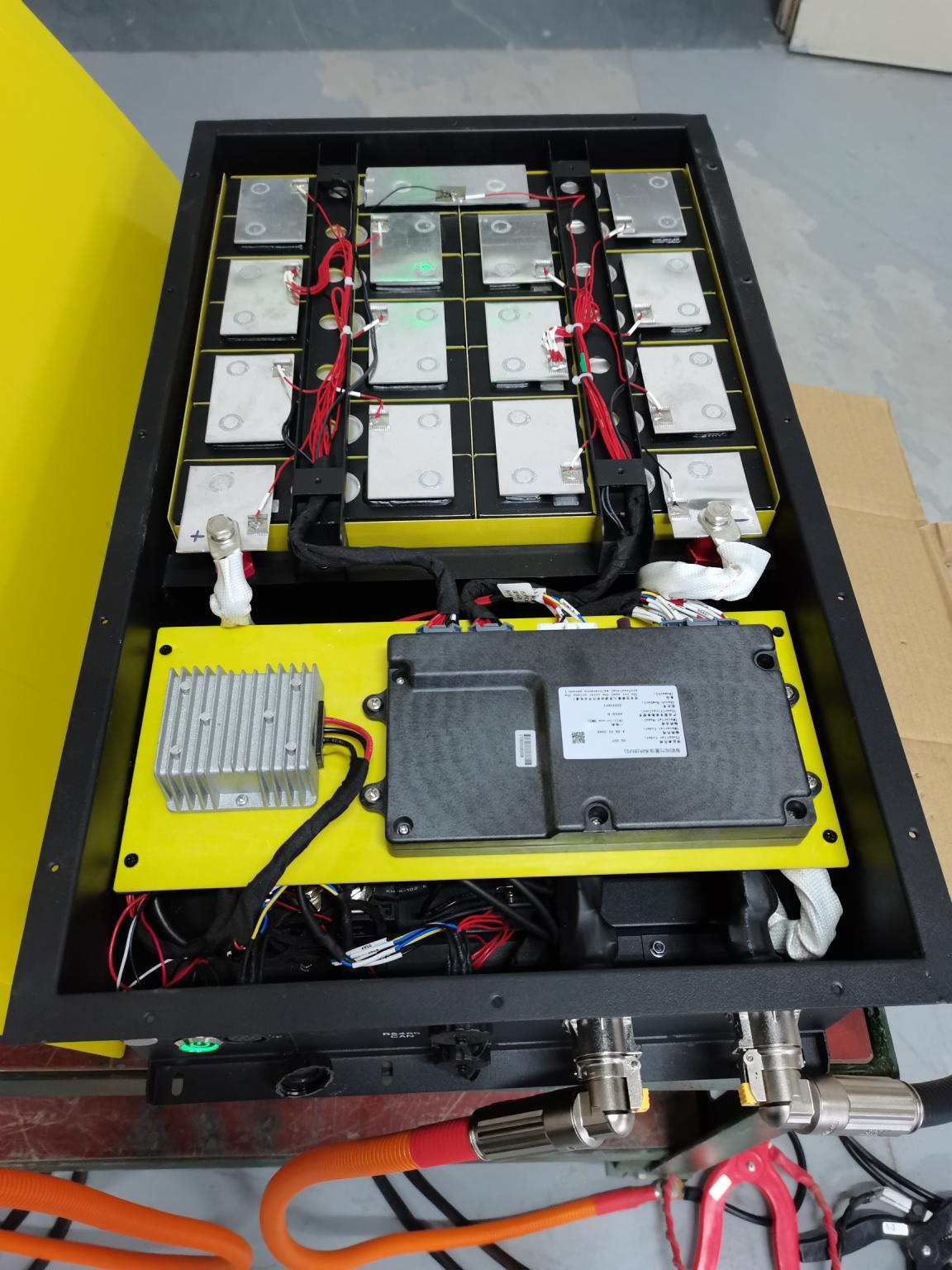
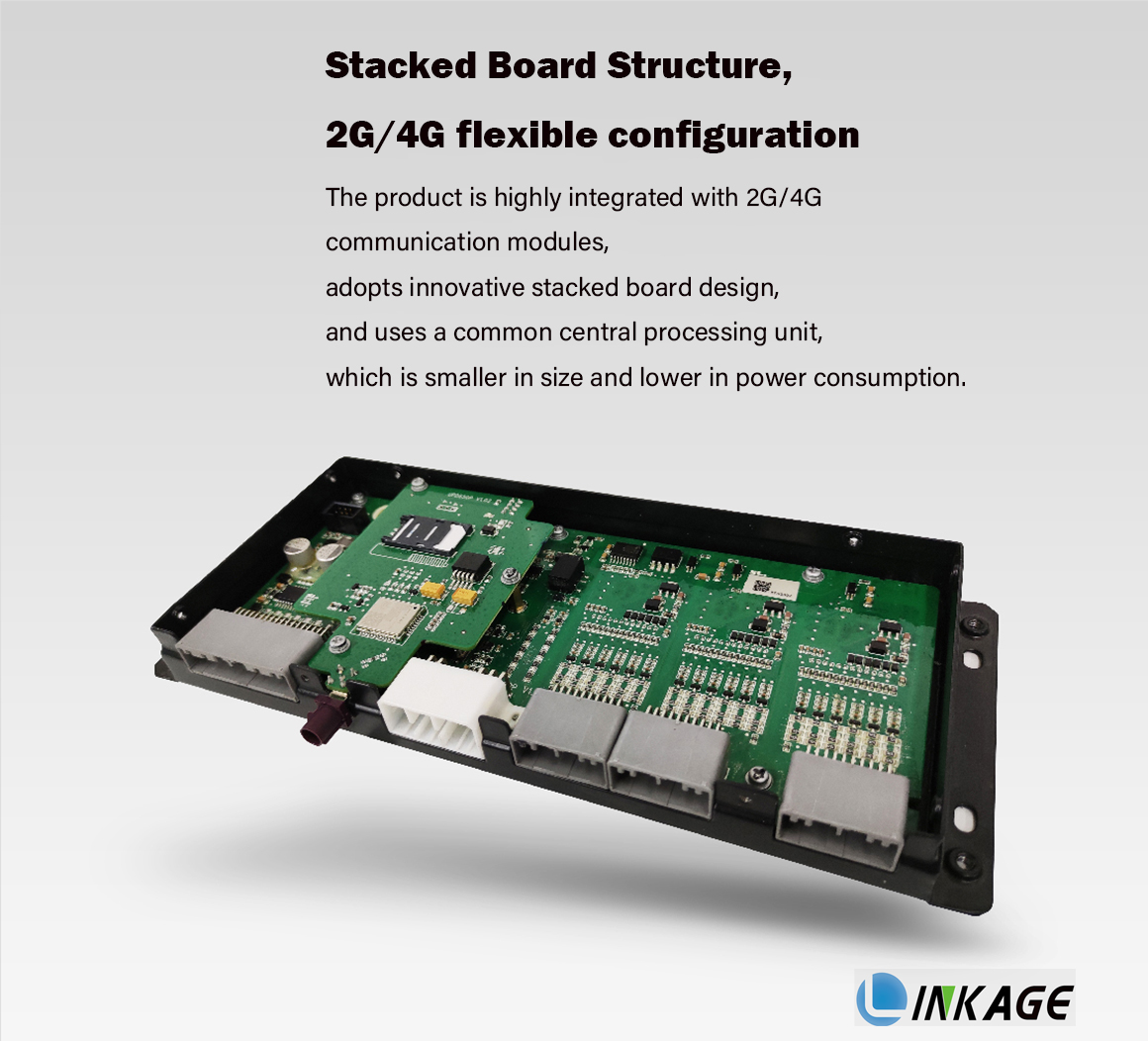
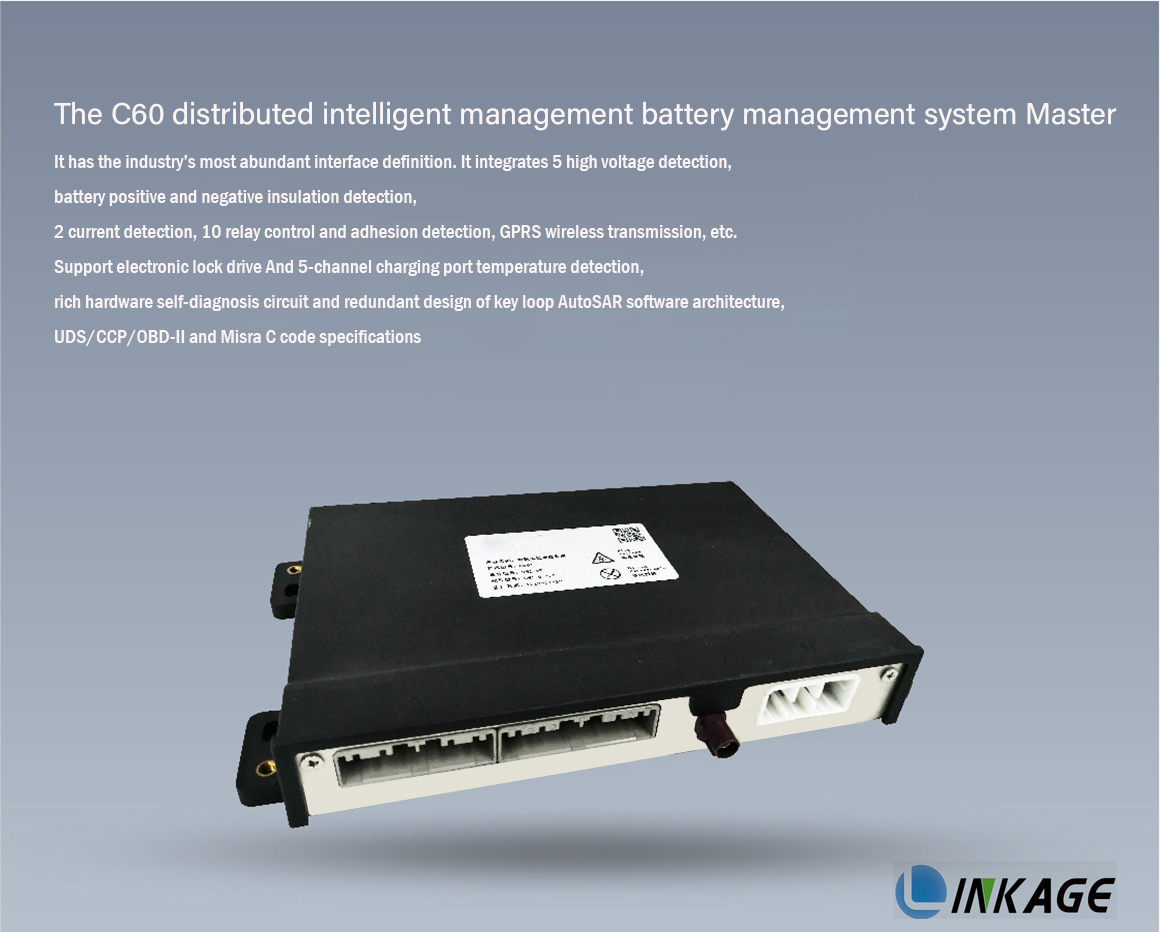
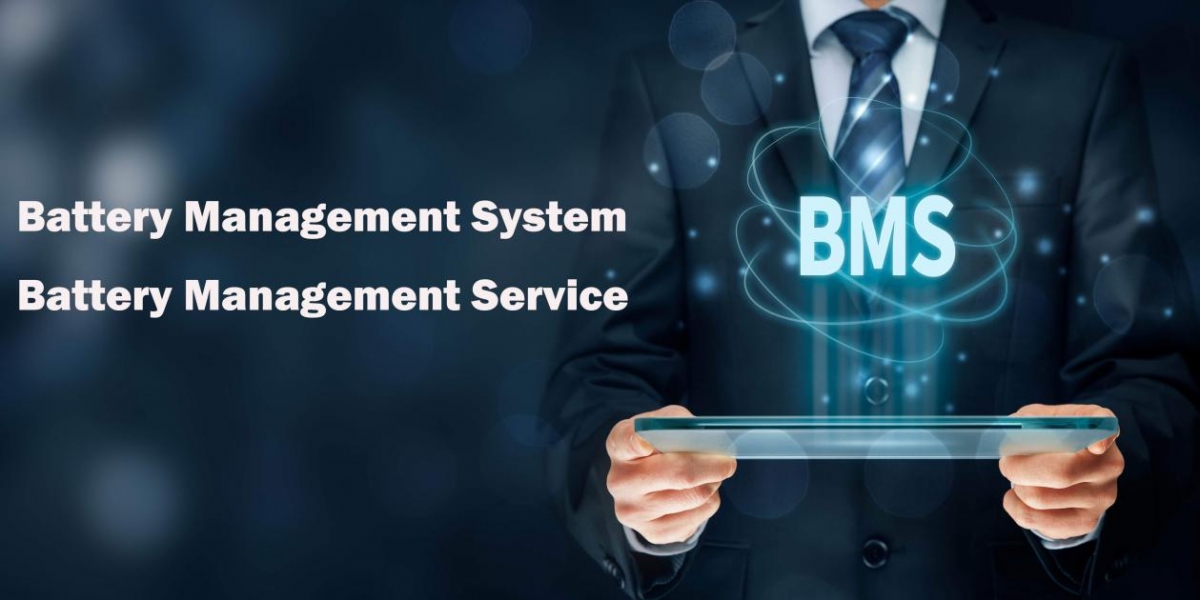
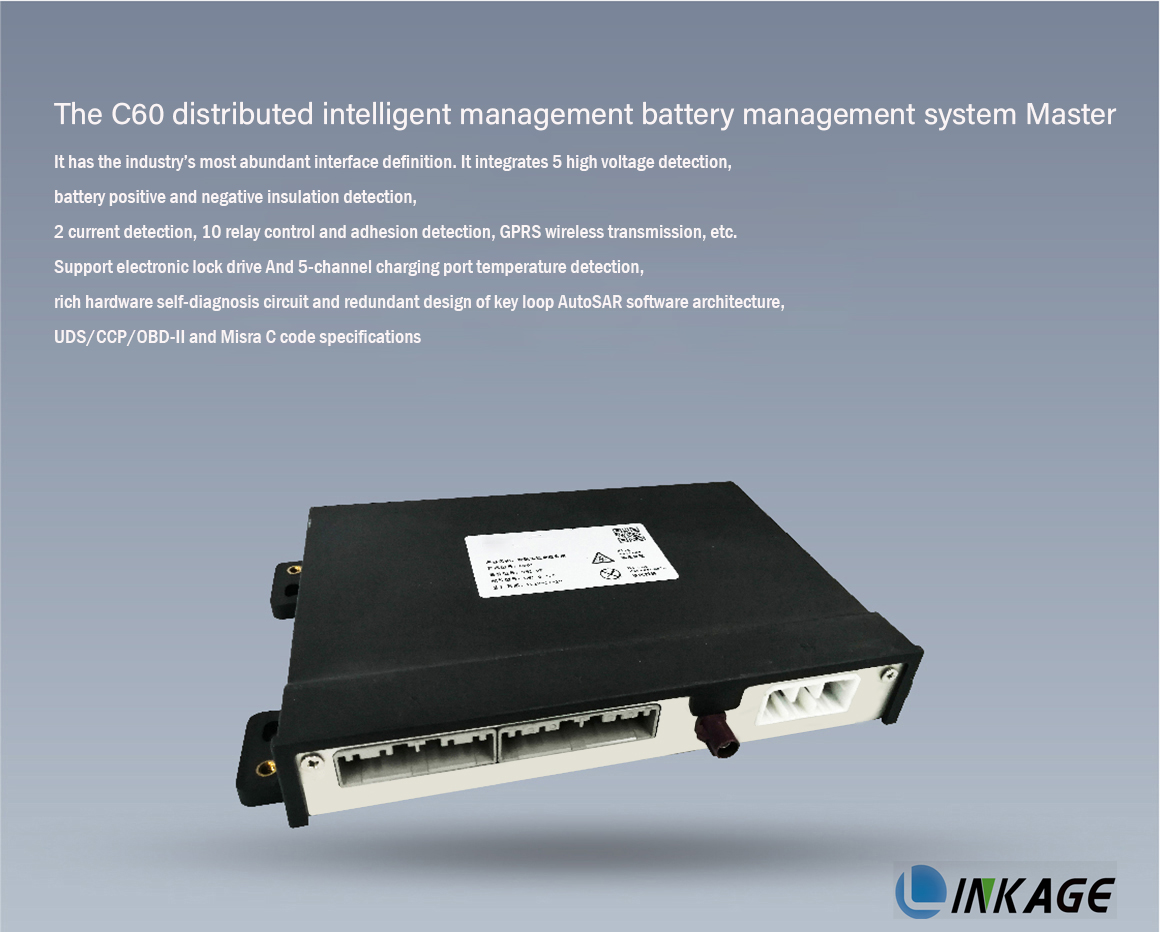
تحتوي بطاريات الليثيوم أيون على طاقات إقحام مختلفة عند حدوث تفاعلات إقحام بين القطبين ، ومن أجل الحصول على أفضل أداء للبطارية ، يجب أن تحافظ نسبة سعة القطبين المضيفين على قيمة متوازنة.
في بطاريات الليثيوم أيون ، يتم التعبير عن توازن السعة كنسبة كتلة من القطب الموجب إلى القطب السالب ،
That is: γ=m+/m-=ΔxC-/ΔyC+
In the above formula, C refers to the theoretical coulombic capacity of the electrode, and Δx and Δy refer to the stoichiometric number of lithium ions embedded in the negative electrode and the positive electrode, respectively. It can be seen from the above formula that the required mass ratio of the two poles depends on the corresponding Coulomb capacity of the two poles and the number of their respective reversible lithium ions.
صورة
بشكل عام ، تؤدي نسبة الكتلة الأصغر إلى الاستخدام غير الكامل لمادة القطب السالب ؛ قد تتسبب نسبة الكتلة الأكبر في خطر على السلامة بسبب الشحن الزائد للقطب السالب. باختصار ، مع نسبة الكتلة المُحسَّنة ، يكون أداء البطارية هو الأفضل.
بالنسبة لنظام بطارية Li-ion المثالي ، لا يتغير توازن السعة خلال دورته ، وتكون السعة الأولية في كل دورة قيمة معينة ، لكن الوضع الفعلي أكثر تعقيدًا. قد يؤدي أي تفاعل جانبي يمكن أن يولد أو يستهلك أيونات أو إلكترونات الليثيوم إلى تغييرات في توازن سعة البطارية. بمجرد تغيير حالة توازن سعة البطارية ، لا يمكن التراجع عن هذا التغيير ويمكن أن يتراكم خلال دورات متعددة ، مما يؤدي إلى أداء البطارية. تأثير خطير. في بطاريات الليثيوم أيون ، بالإضافة إلى تفاعلات الأكسدة والاختزال التي تحدث عند إزالة أيونات الليثيوم ، هناك أيضًا عدد كبير من التفاعلات الجانبية ، مثل تحلل الإلكتروليت ، وانحلال المادة الفعالة ، وترسب الليثيوم المعدني.
السبب 1: الشحن الزائد
1. Overcharge reaction of graphite negative electrode:
عندما يتم شحن البطارية بشكل زائد ، يتم تقليل أيونات الليثيوم بسهولة وترسبها على سطح القطب السالب:
صورة
يكسو الليثيوم المترسب سطح القطب السالب ، ويمنع إقحام الليثيوم. يؤدي هذا إلى تقليل كفاءة التصريف وفقدان السعة بسبب:
①Reduce the amount of recyclable lithium;
②The deposited metal lithium reacts with the solvent or supporting electrolyte to form Li2CO3, LiF or other products;
يتشكل الليثيوم المعدني عادة بين القطب السالب والفاصل ، مما قد يسد مسام الفاصل ويزيد من المقاومة الداخلية للبطارية ؛
④ نظرًا لطبيعة الليثيوم النشطة جدًا ، فمن السهل التفاعل مع المنحل بالكهرباء واستهلاك الإلكتروليت ، مما يؤدي إلى تقليل كفاءة التفريغ وفقدان السعة.
الشحن السريع ، كثافة التيار كبيرة جدًا ، القطب السالب مستقطب بشدة ، وسيكون ترسب الليثيوم أكثر وضوحًا. من المحتمل أن يحدث هذا عندما تكون المادة النشطة للإلكترود الموجب مفرطة بالنسبة للمادة النشطة للإلكترود السالب. ومع ذلك ، في حالة ارتفاع معدل الشحن ، قد يحدث ترسب من الليثيوم المعدني حتى لو كانت نسبة المواد النشطة الموجبة والسالبة طبيعية.
2. Positive electrode overcharge reaction
عندما تكون نسبة المادة النشطة للإلكترود الموجب إلى المادة النشطة للإلكترود السالب منخفضة جدًا ، فمن المحتمل أن تحدث زيادة في الشحن الكهربائي للإلكترود.
The capacity loss caused by overcharge of the positive electrode is mainly due to the generation of electrochemically inert substances (such as Co3O4, Mn2O3, etc.), which destroy the capacity balance between the electrodes, and the capacity loss is irreversible.
(1) LiyCoO2
LiyCoO2→(1-y)/3[Co3O4+O2(g)]+yLiCoO2 y<0.4
At the same time, the oxygen generated by the decomposition of the positive electrode material in the sealed lithium-ion battery accumulates at the same time because there is no recombination reaction (such as the generation of H2O) and the flammable gas generated by the decomposition of the electrolyte, and the consequences will be unimaginable.
(2) λ-MnO2
يحدث تفاعل الليثيوم والمنغنيز عندما يتم حذف أكسيد الليثيوم والمنغنيز تمامًا: λ-MnO2 → Mn2O3 + O2 (g)
3. يتأكسد المنحل بالكهرباء عند الشحن الزائد
When the pressure is higher than 4.5V, the electrolyte will be oxidized to generate insolubles (such as Li2Co3) and gases. These insolubles will block the micropores of the electrode and hinder the migration of lithium ions, resulting in capacity loss during cycling.
العوامل التي تؤثر على معدل الأكسدة:
مساحة سطح مادة القطب الموجب
مواد المجمع الحالية
عامل موصل مضاف (أسود الكربون ، إلخ.)
The type and surface area of carbon black
من بين الإلكتروليتات الأكثر استخدامًا ، يعتبر EC / DMC أعلى مقاومة للأكسدة. يتم التعبير عن عملية الأكسدة الكهروكيميائية للمحلول بشكل عام على النحو التالي: المحلول ← منتج الأكسدة (غاز ، محلول ومادة صلبة) + ني-
ستؤدي أكسدة أي مذيب إلى زيادة تركيز الإلكتروليت ، وتقليل استقرار الإلكتروليت ، وتؤثر في النهاية على قدرة البطارية. بافتراض أنه يتم استهلاك كمية صغيرة من الإلكتروليت في كل مرة يتم شحنها ، فإن الأمر يتطلب المزيد من الإلكتروليت أثناء تجميع البطارية. بالنسبة للحاوية الثابتة ، هذا يعني أنه يتم تحميل كمية أقل من المادة الفعالة ، مما يؤدي إلى انخفاض في السعة الأولية. بالإضافة إلى ذلك ، إذا تم إنتاج منتج صلب ، فسيتم تشكيل فيلم تخميل على سطح القطب ، مما سيزيد من استقطاب البطارية ويقلل الجهد الناتج للبطارية.
السبب 2: تحلل الإلكتروليت (الاختزال)
أنا أتحلل على القطب
1. يتحلل المنحل بالكهرباء على القطب الموجب:
The electrolyte consists of a solvent and a supporting electrolyte. After the cathode is decomposed, insoluble products such as Li2Co3 and LiF are usually formed, which reduce the battery capacity by blocking the pores of the electrode. The electrolyte reduction reaction will have an adverse effect on the capacity and cycle life of the battery. The gas generated by the reduction can increase the internal pressure of the battery, which can lead to safety problems.
The positive electrode decomposition voltage is usually greater than 4.5V (vs. Li/Li+), so they do not easily decompose on the positive electrode. On the contrary, the electrolyte is more easily decomposed at the negative electrode.
2. يتحلل المنحل بالكهرباء على القطب السالب:
The electrolyte is not stable on graphite and other lithium-inserted carbon anodes, and it is easy to react to generate irreversible capacity. During the initial charge and discharge, the decomposition of the electrolyte will form a passivation film on the surface of the electrode, and the passivation film can separate the electrolyte from the carbon negative electrode to prevent further decomposition of the electrolyte. Thus, the structural stability of the carbon anode is maintained. Under ideal conditions, the reduction of the electrolyte is limited to the passivation film formation stage, and this process does not occur when the cycle is stable.
Formation of passivation film
The reduction of electrolyte salts participates in the formation of the passivation film, which is beneficial to the stabilization of the passivation film, but
(1) The insoluble matter produced by the reduction will have an adverse effect on the solvent reduction product;
(2) The concentration of the electrolyte decreases when the electrolyte salt is reduced, which eventually leads to the loss of battery capacity (LiPF6 is reduced to form LiF, LixPF5-x, PF3O and PF3);
(3) The formation of the passivation film consumes lithium ions, which will cause the capacity imbalance between the two electrodes to reduce the specific capacity of the entire battery.
(4) في حالة وجود تشققات في فيلم التخميل ، يمكن لجزيئات المذيب أن تخترق وتثخن طبقة التخميل ، والتي لا تستهلك المزيد من الليثيوم فحسب ، بل قد تسد أيضًا المسام الدقيقة على سطح الكربون ، مما يؤدي إلى عدم قدرة الليثيوم على الإدخال و مستخرج. ، مما يؤدي إلى فقدان قدرة لا رجعة فيه. يمكن أن تؤدي إضافة بعض الإضافات غير العضوية إلى المنحل بالكهرباء ، مثل ثاني أكسيد الكربون ، وأكسيد النيتروز ، وثاني أكسيد الكربون ، وثاني أكسيد الكبريت ، وما إلى ذلك ، إلى تسريع تكوين فيلم التخميل وتمنع الإدراج المشترك وتحلل المذيب. إضافة المضافات العضوية الإيثرية التاجية لها نفس التأثير. 2 كرونة و 2 إيثرات هي الأفضل.
Factors for film capacity loss:
(1) نوع الكربون المستخدم في العملية ؛
(2) تكوين المنحل بالكهرباء.
(3) إضافات في الأقطاب الكهربائية أو الإلكتروليتات.
Blyr believes that the ion exchange reaction advances from the surface of the active material particle to its core, the new phase formed bury the original active material, and a passive film with low ionic and electronic conductivity is formed on the surface of the particle, so the spinel after storage Greater polarization than before storage.
وجد تشانغ أن مقاومة طبقة التخميل السطحي تزداد وتقل السعة البينية مع زيادة عدد الدورات. إنه يعكس أن سماكة طبقة التخميل تزداد مع زيادة عدد الدورات. يؤدي انحلال المنجنيز وتحلل الإلكتروليت إلى تكوين أغشية التخميل ، وتكون ظروف درجات الحرارة المرتفعة أكثر ملاءمة لتقدم هذه التفاعلات. سيؤدي ذلك إلى زيادة مقاومة التلامس بين جزيئات المادة النشطة ومقاومة الترحيل Li + ، وبالتالي زيادة استقطاب البطارية ، وعدم اكتمال الشحن والتفريغ ، وانخفاض السعة.
II Reduction Mechanism of Electrolyte
يحتوي المنحل بالكهرباء غالبًا على الأكسجين والماء وثاني أكسيد الكربون وشوائب أخرى ، وتحدث تفاعلات الأكسدة والاختزال أثناء عملية الشحن والتفريغ للبطارية.
The reduction mechanism of the electrolyte includes three aspects: solvent reduction, electrolyte reduction and impurity reduction:
1. Solvent reduction
The reduction of PC and EC includes one-electron reaction and two-electron reaction process, and the two-electron reaction forms Li2CO3:
Fong et al. believed that during the first discharge process, when the electrode potential was close to 0.8V (vs. Li/Li+), the electrochemical reaction of PC/EC occurred on graphite to generate CH=CHCH3(g)/CH2=CH2( g) and LiCO3(s), leading to irreversible capacity loss on graphite electrodes.
Aurbach et al. أجرى بحثًا مكثفًا حول آلية الاختزال ومنتجات الإلكتروليتات المختلفة على أقطاب معدن الليثيوم والأقطاب التي تحتوي على الكربون ، ووجد أن آلية تفاعل الإلكترون الواحد للكمبيوتر الشخصي تنتج ROCO2Li والبروبيلين. ROCO2Li حساس للغاية لتتبع المياه. المنتجات الرئيسية هي Li2CO3 والبروبيلين في وجود المياه النزرة ، ولكن لا يتم إنتاج Li2CO3 في ظل الظروف الجافة.
Restoration of DEC:
Ein-Eli Y reported that the electrolyte mixed with diethyl carbonate (DEC) and dimethyl carbonate (DMC) will undergo an exchange reaction in the battery to generate ethyl methyl carbonate (EMC), which is responsible for the loss of capacity. certain influence.
2. تخفيض المنحل بالكهرباء
يُعتبر تفاعل الاختزال للكهرباء بشكل عام مشاركًا في تكوين فيلم سطح القطب الكهربائي ، لذلك سيؤثر نوعه وتركيزه على أداء القطب الكهربائي للكربون. في بعض الحالات ، يساهم تقليل الإلكتروليت في استقرار سطح الكربون ، والذي يمكن أن يشكل طبقة التخميل المطلوبة.
It is generally believed that the supporting electrolyte is easier to reduce than the solvent, and the reduction product is mixed in the negative electrode deposition film and affects the capacity decay of the battery. Several possible reduction reactions of supporting electrolytes are as follows:
3. Impurity reduction
(1) إذا كان محتوى الماء في الإلكتروليت مرتفعًا جدًا ، فسيتم تكوين رواسب LiOH (s) و Li2O ، والتي لا تؤدي إلى إدخال أيونات الليثيوم ، مما يؤدي إلى فقدان القدرة بشكل لا رجعة فيه:
H2O+e→OH-+1/2H2
OH-+Li+→LiOH(s)
LiOH + Li ++ e- → Li2O (s) + 1 / 2H2
يتم ترسيب LiOH (s) المتولد على سطح القطب ، مكونًا طبقة سطحية ذات مقاومة عالية ، مما يعيق تقاطع Li + في قطب الجرافيت ، مما يؤدي إلى فقدان قدرة لا رجعة فيه. كمية صغيرة من الماء (100-300 × 10-6) في المذيب ليس لها أي تأثير على أداء قطب الجرافيت.
(2) The CO2 in the solvent can be reduced on the negative electrode to form CO and LiCO3(s):
2CO2+2e-+2Li+→Li2CO3+CO
سيزيد ثاني أكسيد الكربون الضغط الداخلي للبطارية ، وسيزيد Li2CO3 (s) المقاومة الداخلية للبطارية ويؤثر على أداء البطارية.
(3) سيشكل وجود الأكسجين في المذيب أيضًا Li2O
1/2O2+2e-+2Li+→Li2O
Because the potential difference between metallic lithium and fully intercalated carbon is small, the reduction of the electrolyte on carbon is similar to the reduction on lithium.
Reason 3: Self-discharge
يشير التفريغ الذاتي إلى ظاهرة تفقد البطارية قدرتها بشكل طبيعي عندما لا تكون قيد الاستخدام. يؤدي التفريغ الذاتي لبطارية Li-ion إلى فقد السعة في حالتين:
واحد هو فقدان القدرة القابلة للعكس ؛
The second is the loss of irreversible capacity.
تعني خسارة السعة القابلة للعكس أنه يمكن استرداد السعة المفقودة أثناء الشحن ، بينما تكون خسارة السعة غير القابلة للإصلاح هي عكس ذلك. قد تعمل الأقطاب الموجبة والسالبة بمثابة بطارية صغيرة مع الإلكتروليت في الحالة المشحونة ، مما يؤدي إلى إقحام أيونات الليثيوم وإزالة التداخل ، وإقحام وإزالة التداخل للأقطاب الموجبة والسالبة. ترتبط أيونات الليثيوم المدمجة فقط بأيونات الليثيوم في الإلكتروليت ، وبالتالي فإن قدرة الأقطاب الموجبة والسالبة غير متوازنة ، ولا يمكن استرداد هذا الجزء من فقد السعة أثناء الشحن. مثل:
Lithium manganese oxide positive electrode and solvent will cause micro-battery effect and self-discharge, resulting in irreversible capacity loss:
LiyMn2O4 + xLi ++ xe- → Liy + xMn2O4
تتأكسد جزيئات المذيبات (مثل الكمبيوتر الشخصي) على سطح مادة موصلة أسود الكربون أو جامع التيار كأنود بطارية دقيقة:
xPC→xPC-radical+xe-
Similarly, the negative active material may interact with the electrolyte to cause self-discharge and cause irreversible capacity loss, and the electrolyte (such as LiPF6) is reduced on the conductive material:
PF5+xe-→PF5-x
Lithium carbide in the charged state is oxidized by removing lithium ions as the negative electrode of the microbattery:
LiyC6 → Liy-xC6 + xLi +++ xe-
العوامل المؤثرة على التفريغ الذاتي: عملية تصنيع مادة القطب الموجب ، وعملية تصنيع البطارية ، وخصائص المنحل بالكهرباء ، ودرجة الحرارة ، والوقت.
